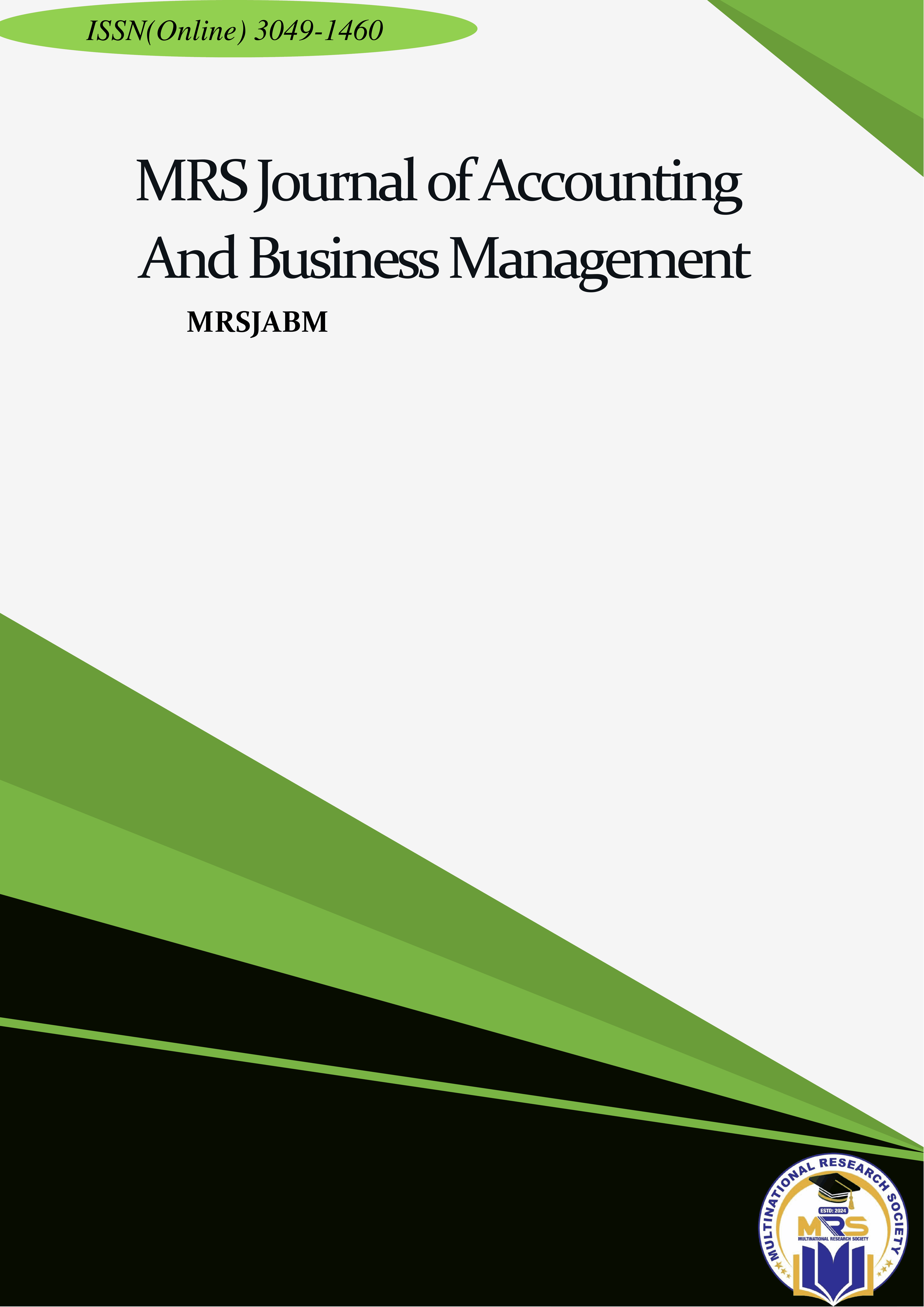Understanding the Gender Gap in Iran's Industrial Workforce: Barriers to Women's Participation
Sr No:
Page No:
10-15
Language:
English
Authors:
Mohammad Taleghani* , Mohammadreza Jabreilzadeh Sola
Received:
2025-03-03
Accepted:
2025-03-16
Published Date:
2025-03-20
GoogleScholar:
Click here
Abstract:
This review investigates the persistent gender gap in Iran’s industrial
workforce, analyzing how socio-cultural norms, legal frameworks, and economic
policies collectively restrict women’s participation. Drawing on Iranian and
international scholarship from the past decade, the study highlights three
interconnected dimensions. First, patriarchal values and discriminatory laws—such
as spousal consent requirements and occupational stereotypes—systematically
exclude women from male-dominated industrial sectors like manufacturing and
energy, despite their growing presence in STEM education (Zahedi et al., 2022).
Second, economic policies, including privatization, sanctions, and subsidy programs,
exacerbate gender disparities by prioritizing cost-cutting measures that displace
women into informal, low-wage labor (Salehi-Isfahani, 2020) and reinforcing maledominated industries (Moghadam, 2019). Third, these barriers undermine Iran’s
economic development by stifling innovation and GDP growth (World Bank, 2020)
while deepening social inequalities through income disparities and limited women’s
agency (Rostami-Povey, 2021). The review underscores the urgency of legal reforms,
inclusive economic strategies, and investments in women’s technical training to
address systemic inequities. By aligning policies with global commitments like the UN
SDGs (UNDP, 2021), Iran can harness women’s potential to drive sustainable
development and social progress.
Keywords:
Gender Gap, Socio-Cultural Norms, Legal Frameworks, Economic Policies, Industrial Workforce.
Journal: MRS Journal of Accounting and Business Management
ISSN(Online): 3049-1460
Publisher: MRS Publisher
Frequency:
Monthly
Language:
English

